I’ve not caught the Cottenham Kingfisher (Alcedo atthis) on camera in flight before. Here he is darting away from us and around the dog-leg in the Cottenham Lode at Rampton Spinney and then later snapped him doing his regal fishing. Also, noticed for the first time that he’s ringed.
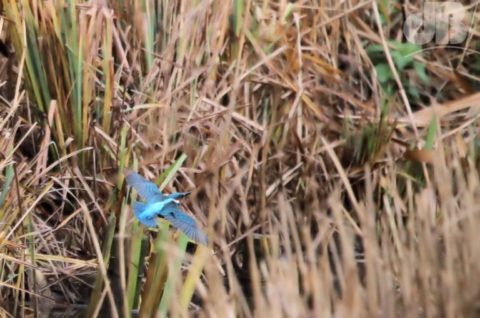
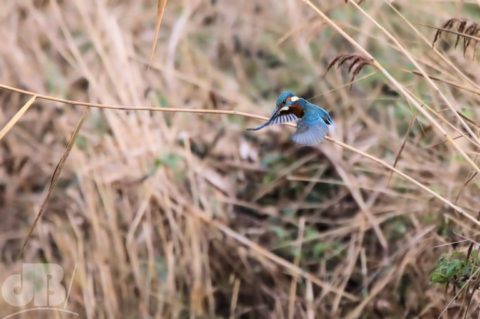
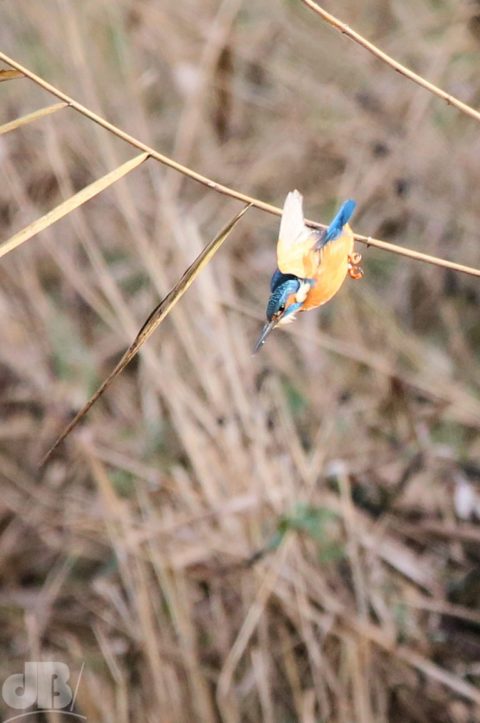

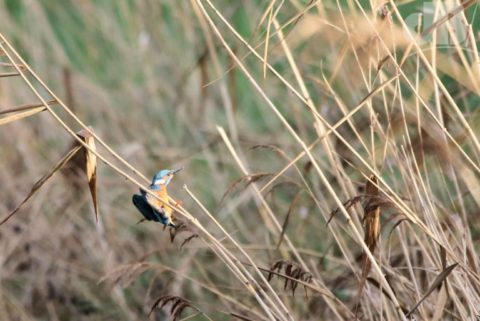
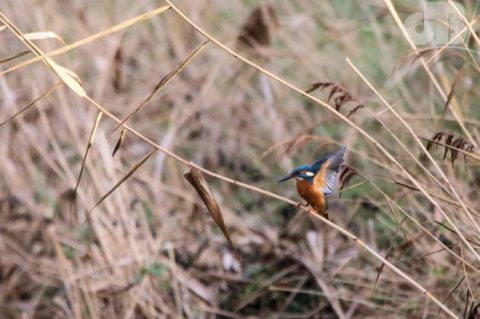
Alcedo atthis, commonly known as the Common Kingfisher or Eurasian Kingfisher, is a small, brightly coloured bird that belongs to the Alcedinidae family. It is widely distributed across Europe, Asia, and North Africa, and is found near slow-moving or still bodies of fresh or brackish water, such as lakes, ponds, and rivers. Its scientific name derives from a word related to halcyon, pertaining to a mythical bird that made its nest on water in halcyon days and Atthis, name of Sappho’s mythical favourite on Lesbos.
The Common Kingfisher is a highly recognizable bird, with its bright blue and orange plumage. It has a large head, a long, pointed beak, and short legs. Males and females have similar plumage, but the male’s lower mandible is black, while the female’s is orange-red. The bird is about 16 cm long and has a wingspan of around 25 cm.
The Common Kingfisher is an expert fisher and feeds almost exclusively on fish. It hunts by perching on a branch or other object close to the water’s surface and diving headfirst into the water to catch fish with its sharp beak. The bird is also known to eat aquatic insects, crustaceans, and occasionally small amphibians.
Despite its name, the Common Kingfisher is not a common bird, and its population is declining due to habitat loss and degradation. However, it is still widespread in many parts of its range and is listed as a species of “least concern” by the International Union for Conservation of Nature (IUCN).
The Common Kingfisher is a popular subject for birdwatchers and photographers, who are attracted to its striking colours and acrobatic fishing behavior. It is also a culturally significant bird in many parts of its range, where it has been associated with various beliefs and superstitions.